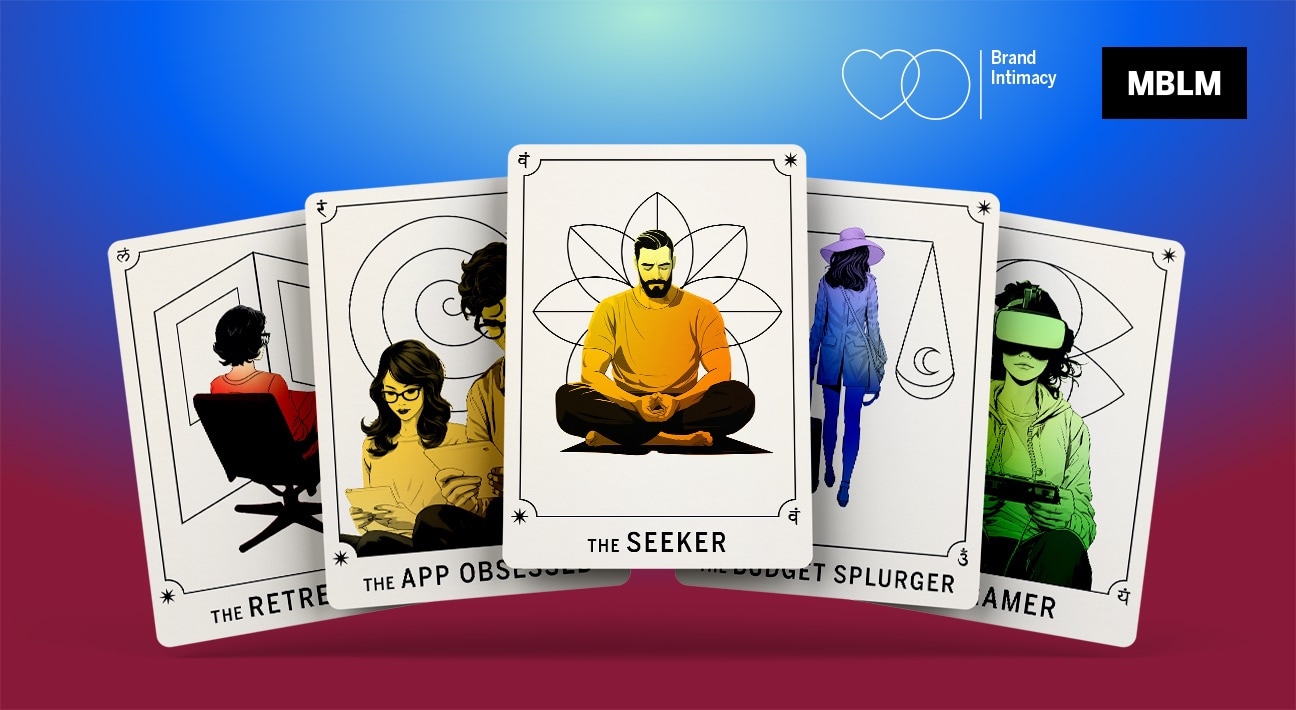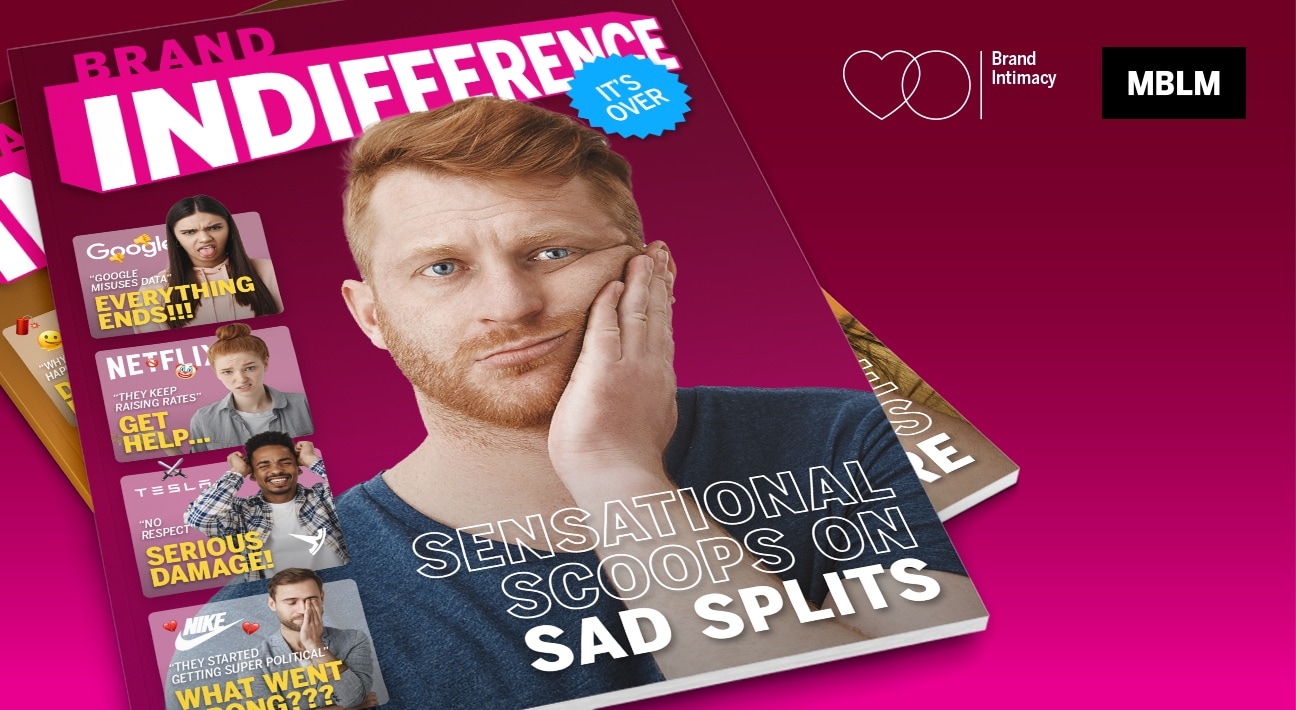MBLM Reveals Apple, Amazon and Disney Ranked as the Top Three Brands for Women in its Brand Intimacy 2018 Report

Apple ranked first for women in MBLM’s Brand Intimacy 2018 Report, which is the largest study of brands based on emotions, with Amazon gaining on the leader, coming in second. The remaining brands in the Top 10 for women in the U.S. were: Disney, Jeep, Netflix, Target, Whole Foods, Nintendo, YouTube and Toyota.
Brand Intimacy is defined as a new paradigm that leverages and strengthens the emotional bonds between a person and a brand. MBLM’s study again revealed that top intimate brands in the U.S. surpassed the top brands in the Fortune 500 and S&P indices in revenue and profit over the past 10 years.
“Interestingly, this year we find Amazon, Jeep, Netflix and Nintendo ranking higher for women than men. Clearly, women are not a monolithic audience and defy stereotypes,” stated Rina Plapler, partner at MBLM. “We see a variety of ways to build bonds with women, and the shared component is leveraging emotion.”
Notable women’s findings in the U.S. from MBLM’s Brand Intimacy 2018 Report include:
- The average Brand Intimacy Quotient for women across all industries was 26.6
- Women ages 18-34 ranked Apple first, while those between 35-64 years old chose Amazon
- Those making between $35,000-$75,000 picked Amazon first whereas study participants making over $75,000 selected Apple
- Women formed more intimate bonds than men in retail, consumer goods, apparel, financial services, health & hygiene and appliances
- Women were more likely to say they could not live without intimate brands than men, 27.1 percent versus 23.5 percent
- Women were more likely to recommend their top 10 brands to others than men
MBLM also released an article analyzing how women form intimate bonds across the three markets of its study, “Women & Brand Intimacy: A perspective on how women bond with the brands they love in the U.S., Mexico, and the UAE.” In its analysis, MBLM revealed:
- A diverse and distinct range of intimate brands for women: Comparing the top 10 brands for women from the three markets shows a range of brands with a few similarities.
- Stronger bonds in certain countries: Overall, the UAE led in terms of women experiencing intimacy, with 36 percent of women experiencing intimacy, followed by Mexico with 34 percent and the U.S. with 23 percent.
- The power of indulgence and ritual: In all three markets, indulgence, centered on moments of pampering and gratification, and ritual, being ingrained into daily actions, becoming a vital part of daily existence, were stronger among women than among men. This suggests that these two archetypes may be important mechanisms to leverage when building bonds with women and these markers are relevant and effective across three very different marketplaces.
- Intimacy with some of the same industries: Women were more intimate with health & hygiene brands in all three countries.
In addition to the release of the findings and article, MBLM also hosted a webinar entitled “How Brands Are Creating Bonds with Women.”
This year’s report contains the most comprehensive rankings of brands based on emotion, analyzing the responses of 6,000 consumers and 54,000 brand evaluations across 15 industries in the U.S., Mexico and the UAE. MBLM’s reports and interactive Brand Ranking Tool showcase the performance of almost 400 brands, revealing the characteristics and intensity of the consumer bonds.
Methodology
During 2017, MBLM conducted an online quantitative survey among 6,000 consumers in the United States (3,000), Mexico (2,000), and the United Arab Emirates (1,000). Participants were respondents who were screened for age (i.e. 18 to 64 years of age) and annual household income ($35,000 or more) in the U.S. and socioeconomic levels in Mexico and the UAE (A, B, and C socioeconomic levels). Quotas were established to ensure that the sample mirrored census data for age, gender, income/socioeconomic level, and region. The survey was designed primarily to understand the extent to which consumers have relationships with brands and the strength of those relationships, from fairly detached to highly intimate. It is important to note that this study provides more than a mere ranking of brand performance and was specifically designed to provide prescriptive guidance to marketers. We modeled data from a total of 54,000 brand evaluations to quantify the mechanisms that drive intimacy. Through factor analysis, structural equation modeling, and other sophisticated analytic techniques, the research allows marketers to better understand which levers need to be pulled to build intimacy between brands and consumers.

